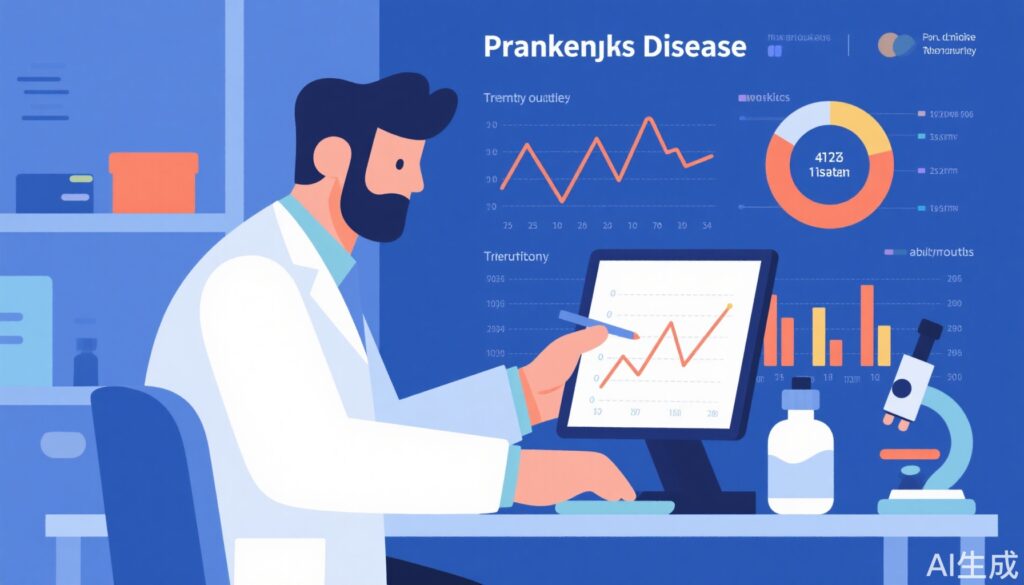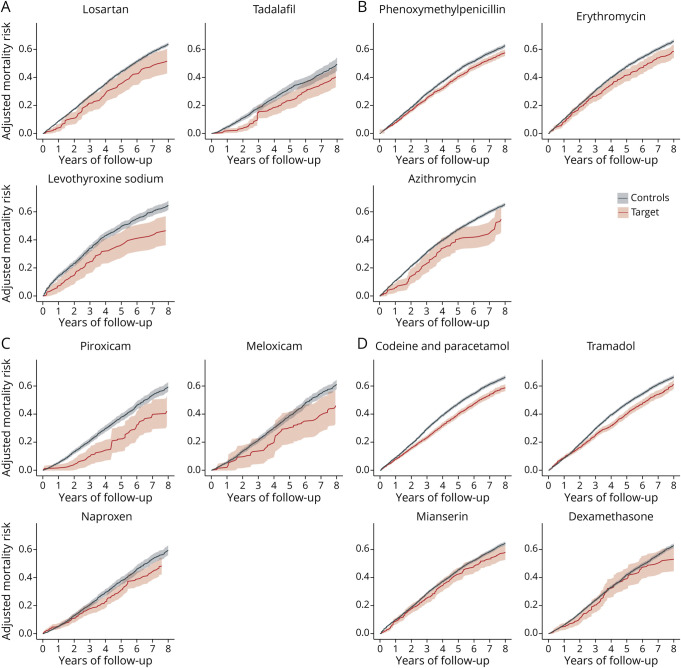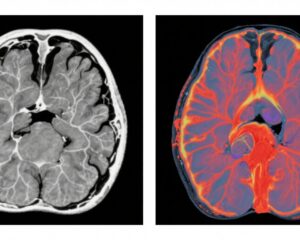Background and Objectives
Currently, there are no available treatments that can effectively halt or slow the progression of Parkinson disease (PD). This study aimed to identify new candidates for drug repurposing among existing prescription medications that might modify the disease course in patients with PD.
Methods
This nationwide observational cohort study, conducted between 2004 and 2020, utilized data from Norwegian health registries. The study was designed as a high-throughput drug screening using an emulated target trial approach. All participants who met the criteria for prescription-based classification of PD, were over the age of 25 at the time of their diagnosis, and had not been prescribed the target drug within the prior two years, were included in the study. We emulated a target trial for any drug dispensed to at least 100 individuals at any pharmacy in Norway, resulting in a total of 219 different drugs included in the analysis. Mortality rates were tracked as an outcome indicator for disease progression. We utilized an observational analog of the intention-to-treat effect to estimate the impact of initiating drug treatment on the eight-year mortality risk, comparing those who started the target drug with those who began treatments classified under the same Anatomical Therapeutic Chemical classification system level 1 category. Inverse probability of treatment weighting was employed to account for possible confounding factors.
Results
The study included 14,289 individuals diagnosed with PD, with a mean age of 72 at diagnosis, and 59% of the participants were male. We identified 23 different drugs associated with a decreased risk of mortality over the eight-year period. The medications identified included:
– Ranitidine (histamine-2 blocker)
– Pantoprazole and esomeprazole (proton pump inhibitors)
– Losartan (angiotensin receptor blocker)
– Atorvastatin (for high cholesterol)
– Tadalafil (for erectile dysfunction)
– Levothyroxine sodium (thyroid hormone)
– Phenoxymethylpenicillin, erythromycin, and azithromycin (antibiotics)
– Four different nonsteroidal anti-inflammatory drugs (NSAIDs)
– Combined codeine/paracetamol and tramadol (opioid analgesics)
– Zopiclone and melatonin (sleep aids)
– Mianserin (antidepressant)
– Mometasone (nasal corticosteroid)
– Two cough medicines derived from opium
– Dexamethasone (ophthalmic corticosteroid)
Figure 2. Eight-Year Adjusted Mortality Curves for Drugs Associated With Reduced Mortality Risk in the PD Population, With Weaker or No Association in the General Population.
Discussion
Our findings reveal multiple medications with potential disease-modifying properties that may serve as candidates for future clinical trials. This underscores the promising potential of repurposing currently available medications to facilitate drug development efforts. Although these findings are exploratory and not sufficient to warrant immediate clinical application, they justify further research and consideration for inclusion in upcoming clinical trials.
References
Tuominen JA, Riise T, Romanowska J, Flores-Torres MH, Cortese M, Scherzer CR, Bjornevik K, Igland J. Association of Medication Use and 8-Year Mortality Risk in Patients With Parkinson Disease: Drug-Wide Trial Emulation. Neurology. 2025 Aug 12;105(3):e213783. doi: 10.1212/WNL.0000000000213783 . Epub 2025 Jul 11. PMID: 40644656 ; PMCID: PMC12264975 .




